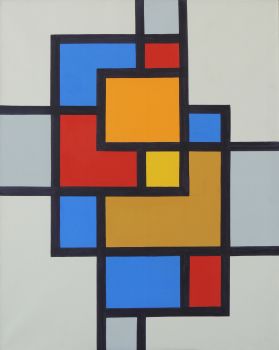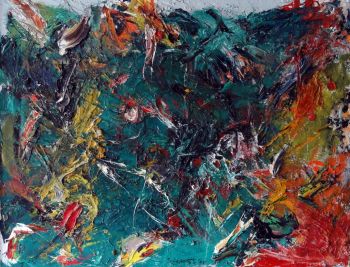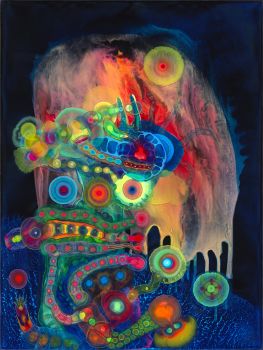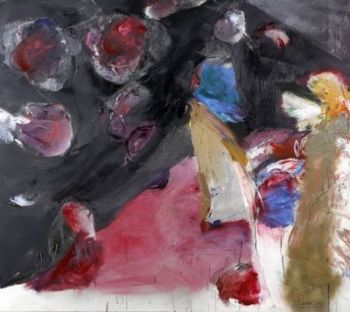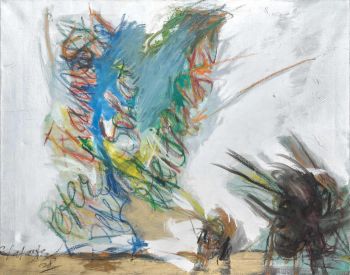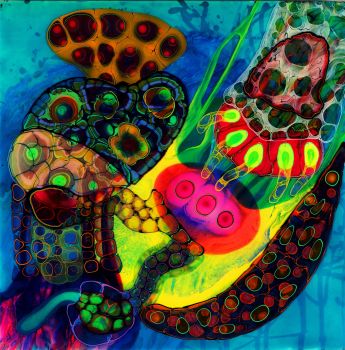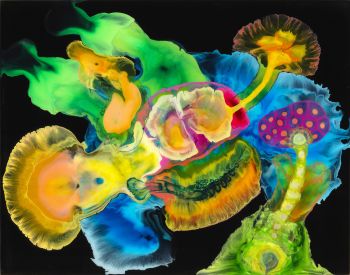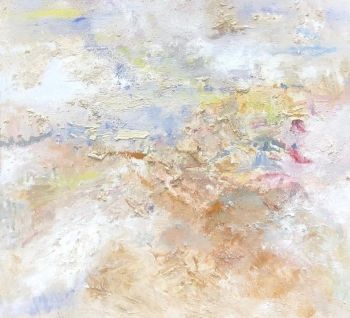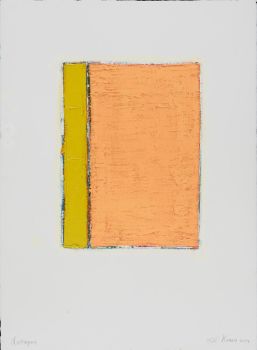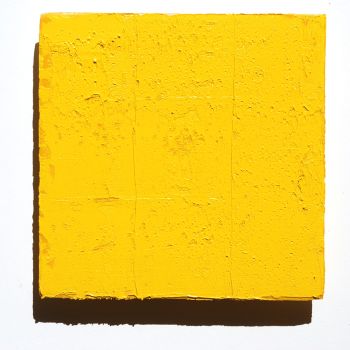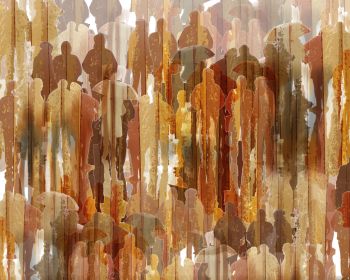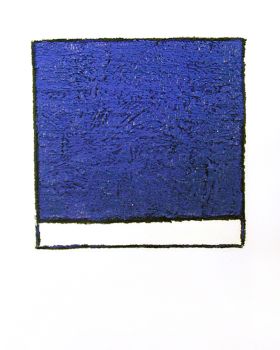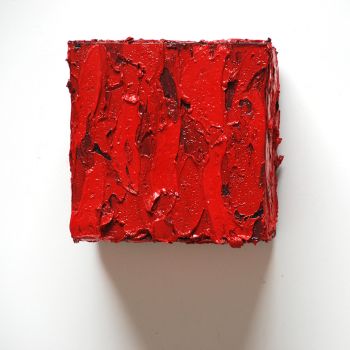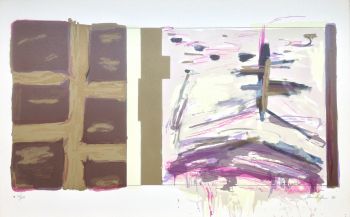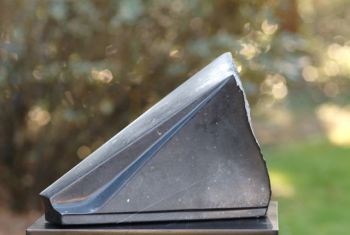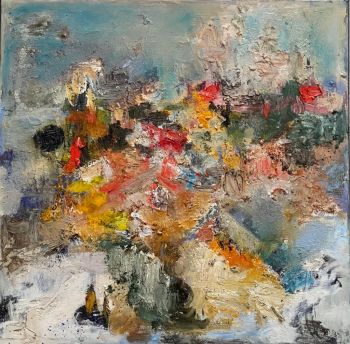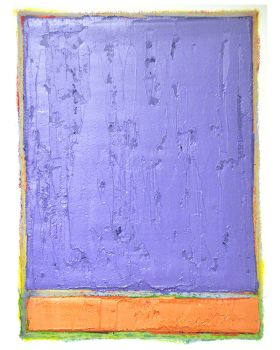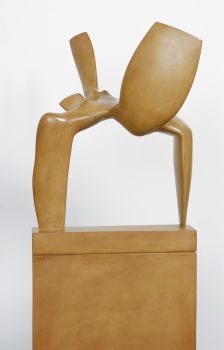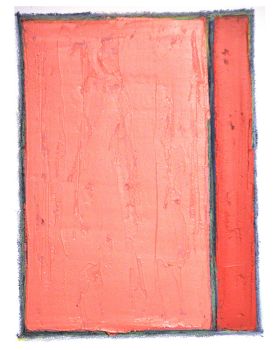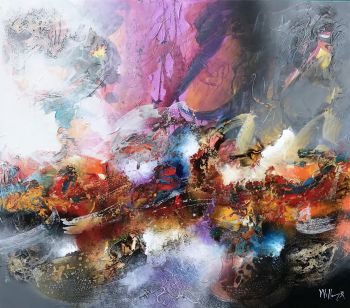Abstract art in a nutshell
At the end of the 19th century and the beginning of the 20th, various movements emerged where painting detached itself from the sensory, perceptible 'reality'. The loosening of colour in an attempt to depict the sensory perceptible reality found its origin in the reactionary 'impressionism' and later on in the more emotionally charged 'fauvism' and later on 'expressionism'. These movements are also considered the beginning of abstract art. In this article, we tell you more about the origin, the development and the different characteristics of abstract art. We also zoom in on a number of Dutch abstract artists and give information about abstract art for sale.
The origin and development of abstract art
Especially the colour and light studies of the impressionists releasing with the 'letting go' of the real colors is considered the beginning of abstract art. The very first creations towards abstraction and abstract art were already made, between 1904 and 1906, by the French artist Paul Cézanne, who showed a beginning 'cubist style' in his Arlèsian landscapes.
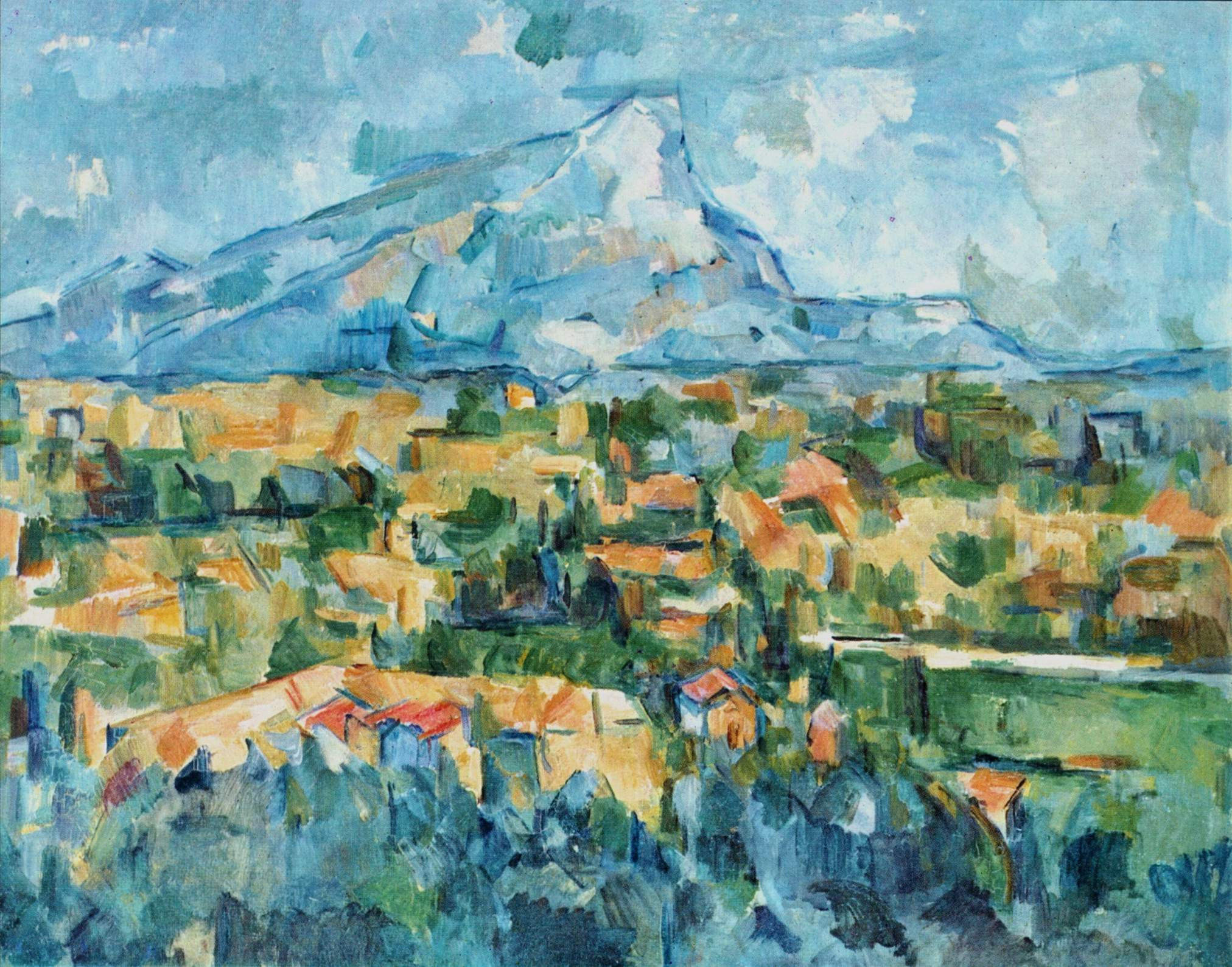 Abstract painting by Paul Cezanne from 1904, Montagne Sainte-Victoire
Abstract painting by Paul Cezanne from 1904, Montagne Sainte-Victoire
The resulting pointillist Georges Seurat embroidered on Paul Cézanne's geometric landscapes and is also at the beginning of the search for a different and new, abstract way of visualising perceived reality.
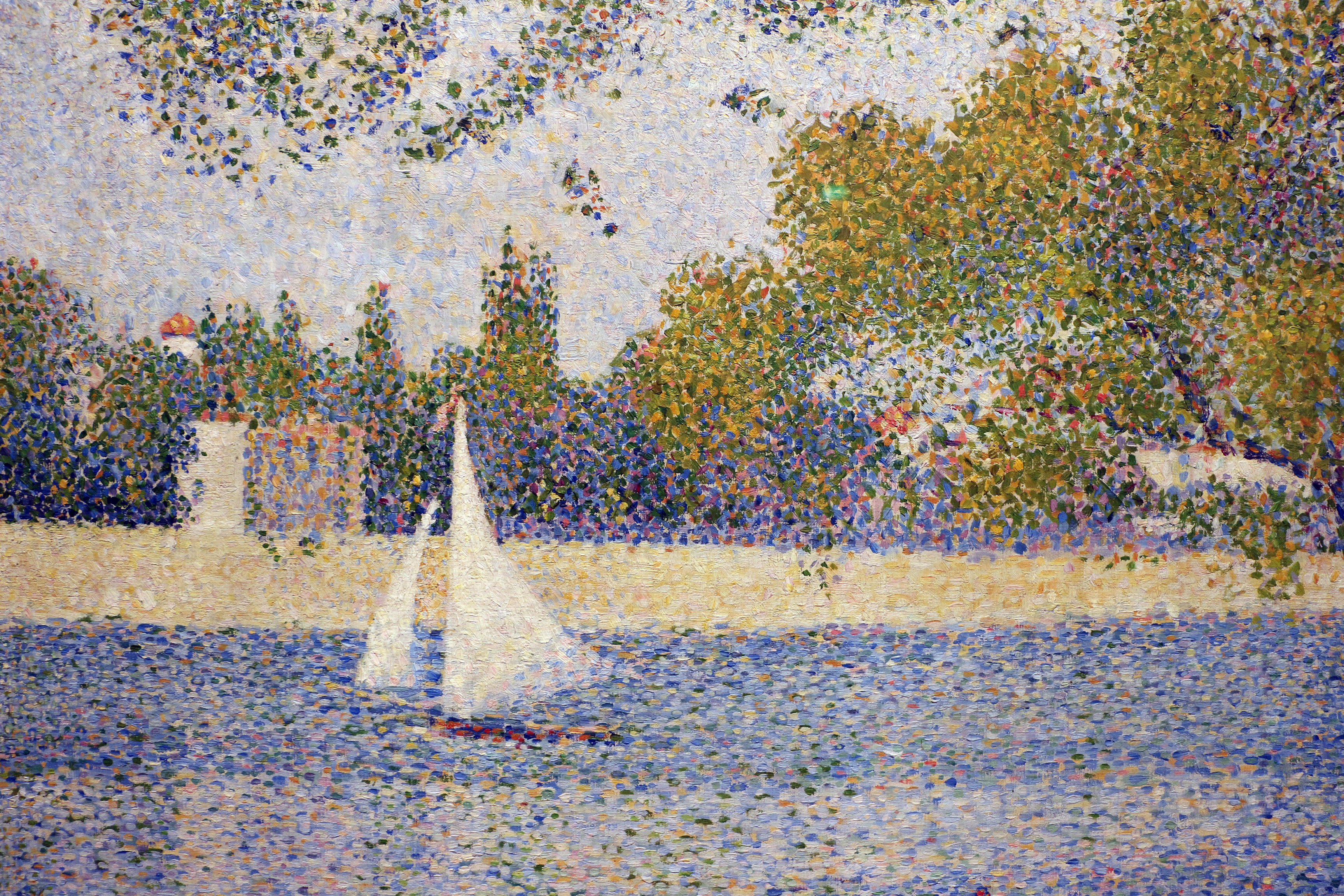 Abstract painting by Georges Seurat (1859-1891) The Seine at the Grand Jatte Spring 1888
Abstract painting by Georges Seurat (1859-1891) The Seine at the Grand Jatte Spring 1888
Other artists who discovered abstract art were Vassily Kandinsky. He found abstraction in "the supernatural, the divine" and it was "naturally present in every object". The anecdote wants Kandinsky to fall for abstraction because he happened to look upside down at one of his own village views.
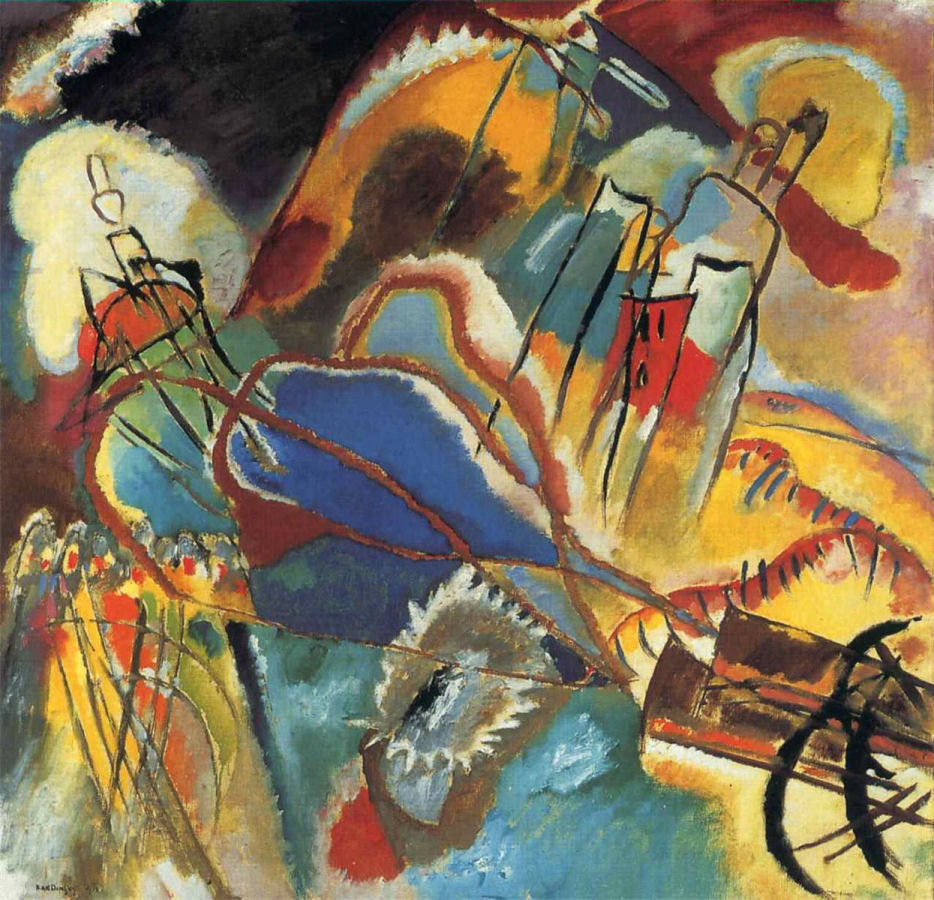 Abstract painting by Vassily Kandinsky, Improvisation 30 (Cannons), 1913
Abstract painting by Vassily Kandinsky, Improvisation 30 (Cannons), 1913
But also the Dutchman Piet Mondriaan wanted to depict above all the primal form of things, hidden in nature, which strongly tended towards expressionism.
 Abstract oil painting Piet Mondrian, The Red Tree from 1908
Abstract oil painting Piet Mondrian, The Red Tree from 1908
Theo van Doesburg declared in 1931 for the first time that the work of art has no reference whatsoever to a world outside the painting. He spoke of the term 'concrete art' as a forerunner of abstract art.
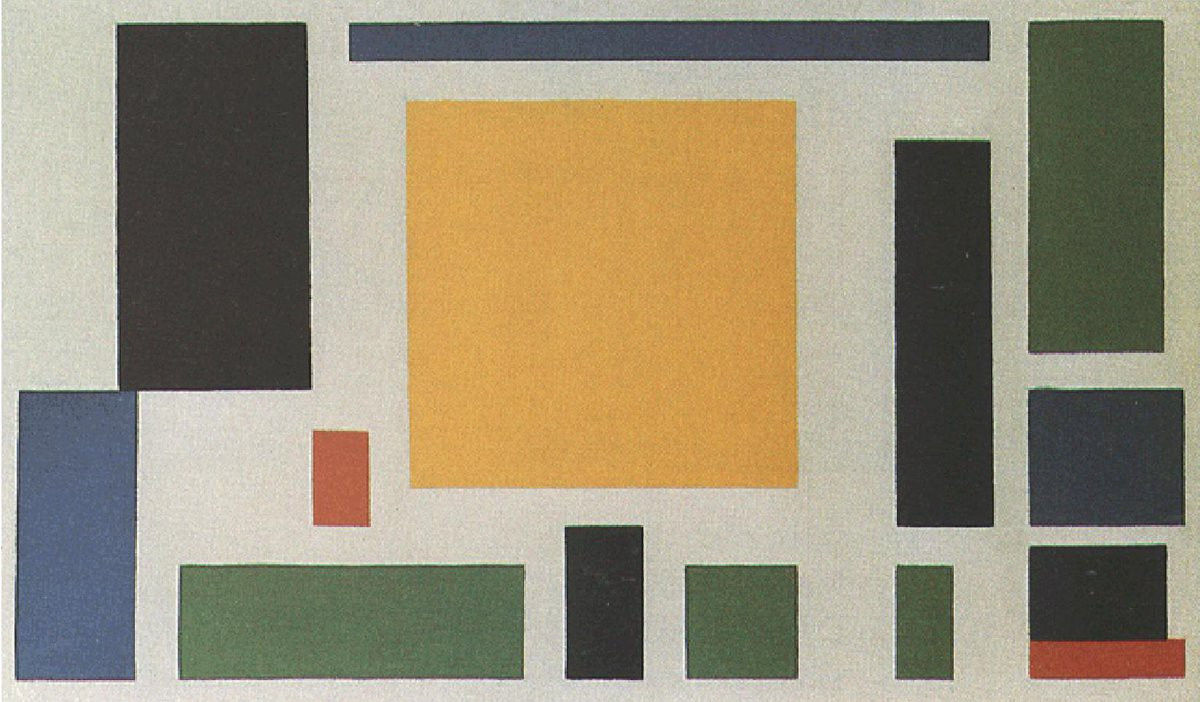 Abstract work by Theo van Doesburg, Composition VIII (the cow), ca. 1918
Abstract work by Theo van Doesburg, Composition VIII (the cow), ca. 1918
Geometric Abstract Art
Two major movements are distinguished in abstract art. Firstly, there is 'geometric inspired abstract art', which includes suprematism and constructivism. See also geometric abstract, below the paintings of Piet Mondriaan.
 Geometric abstract paintings by Piet Mondriaan
Geometric abstract paintings by Piet Mondriaan
Expressionist Abstract Art
In addition to 'geometric inspired art'; an abstract expressionism style also developed, characterized by a random application of form and color and can be seen above all as the expression of the unconscious impressions and feelings of the artist. This form mainly developed after the Second World War and eventually led to an art of painting in which the emphasis was on the process of painting. This abstract movement can for example be illustrated with the 'drippings' of Jackson Pollock.
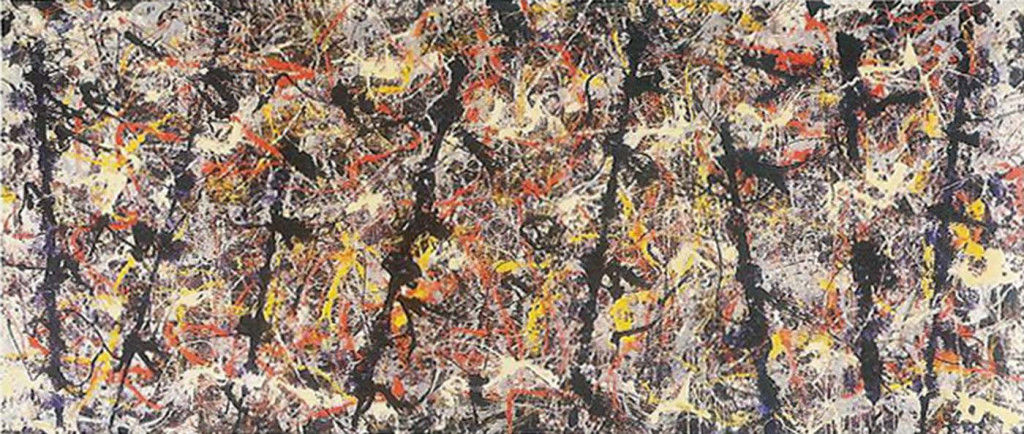 Abstract painting by Jackson Pollock, Blue poles, nr. 11, 1952
Abstract painting by Jackson Pollock, Blue poles, nr. 11, 1952
A good example of an abstract Dutch artist, whose expressionistic, abstract paintings are available at Gallerease, is 'Armando' or Herman Dirk van Dodeweerd. His abstract work is mainly about good and evil, perpetrator and victim, guilt and innocence. In his monumental paintings black flags and landscapes of thick red and black paint crusts, charred trees and figures that are human and inhuman at the same time, see also the abstract painting below.
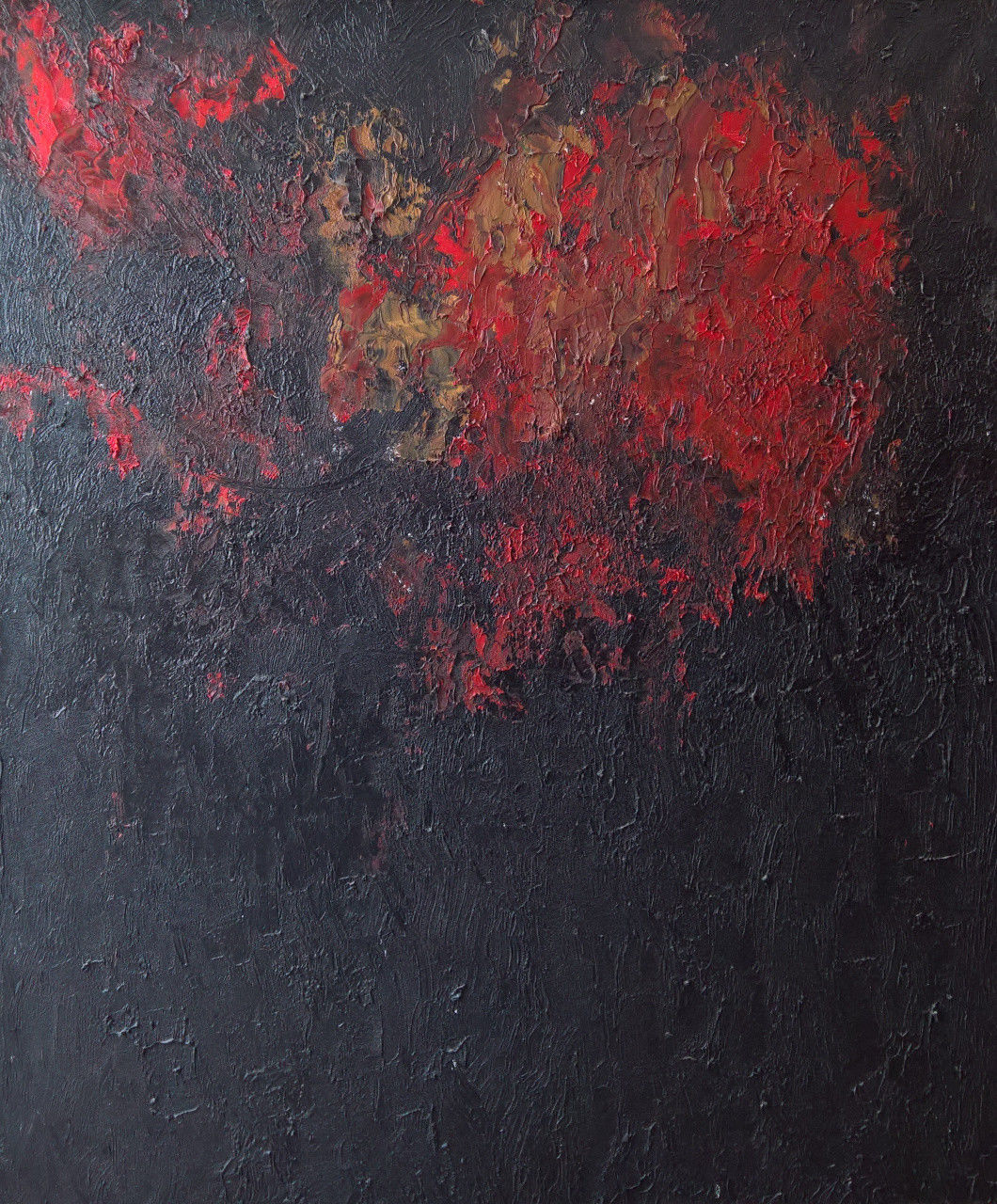 Abstract painting, Damal, Armando, 2002
Abstract painting, Damal, Armando, 2002
Another well-known and important Dutch abstract artist, whose expressonistic abstract works are also for sale at Gallerease, is Ger Lataster. Especially the war and social involvement are central in his works. The theme of Icarus is also frequently reflected in his art. This is a reference to the Greek mythological figure, who was able to fly but in his pride flew too close to the sun, causing his wings to burn and he crashed. The theme in his work is an indictment of human pride and the urge for (self-)destruction. See also below for his abstract oil painting.
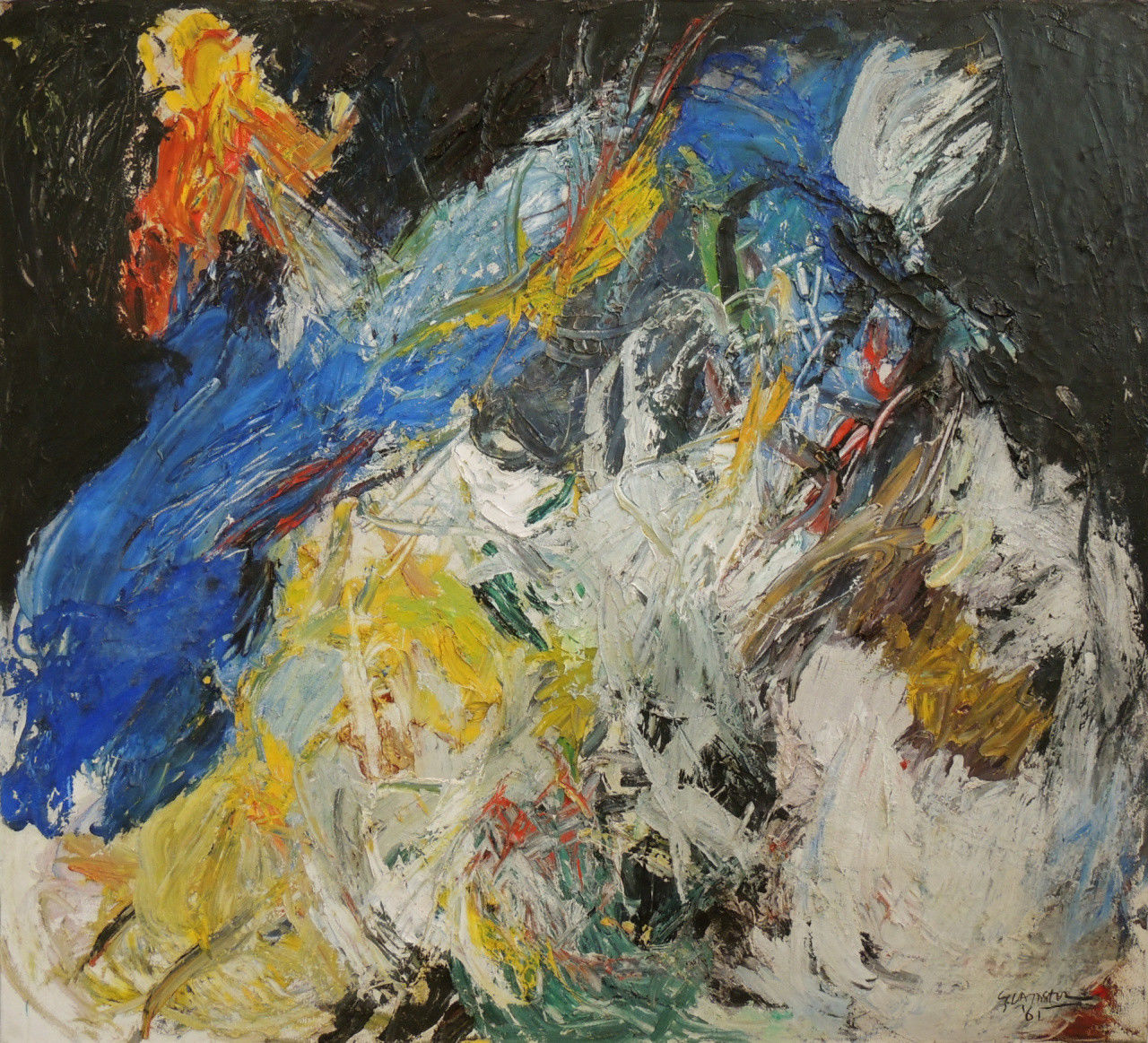 Abstract oil painting, La Nuit, Ger Lataster, 1961.
Abstract oil painting, La Nuit, Ger Lataster, 1961.
Abstract artworks for sale
For all available expressonistic, abstract lithographs and paintings by Ger Lataster and Armando click on the corresponding links. For examples of 'geometric abstract works of art' available at Gallerease see also the works of Siep van den Berg.
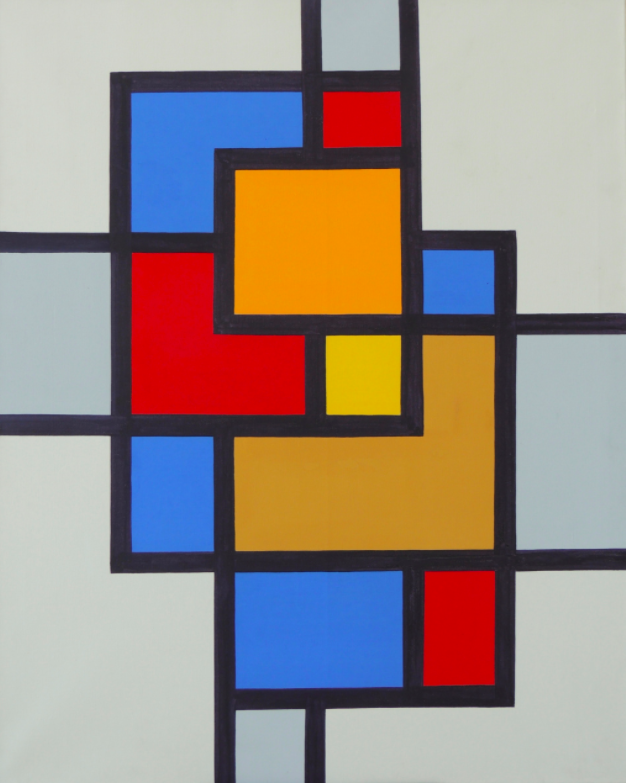 Geometric abstract painting, Composition 48, 1980 Siep van den Berg
Geometric abstract painting, Composition 48, 1980 Siep van den Berg
If you are looking for more abstract art, modern art or contemporary art you can also click on the appropriate links. For other general questions you can always contact us at info@gallerease.com
* The image in the header is a detail of an abstract work of Theo Mackaay, Cabra Montes, 2000-2020


